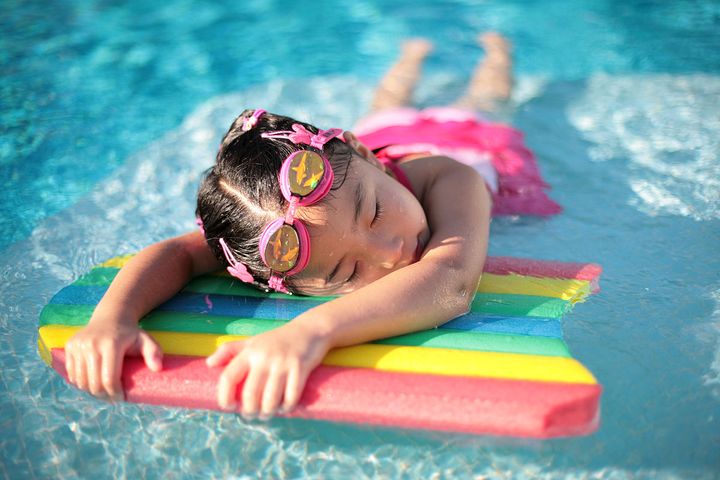
All parents should know the basics of water safety for their kids. The Mayo Clinic has a laundry list of essentials, such as fencing in pools, teaching kids to swim and (most obviously) not leaving children unsupervised. But without proper training, parents may find themselves at a loss when an emergency happens.
The signs of drowning portrayed in TV shows are not the actual signs of drowning. A Reader's Digest article points out that the symptoms include staying abnormally still or quiet, or having a glassy look in the eyes. This almost led to tragedy for two families watching an eight-year-old in a backyard pool.
"It was quiet and calm, and those watching him thought he was just trying to see how long he could hold his breath," the New York Times wrote of the situation. "When they realized it wasn’t a game and pulled him out, he was unconscious and his lips were blue."
So there is a rush of "an app for that" sort of solutions -- technological tools that are supposed to assist parents in making a decision about whether their kid is drowning. An array of devices including The Kingii (a small inflatable), the iSwimband (a drowning detection device) and SEAL SwimSafe (also a drowning detection device) are advertised in the article.
But the mother portrayed in the article remained skeptical about these devices, preferring to bump up the swimming lessons instead. It's hard to make a judgment about what is right and wrong because each parent best knows his/her kid. But it's likely the solution lies in a network than a single solution.
Every airplane crash has multiple factors to it, so the key to safety is likely reducing every factor possible. Supervise the kid (near or in the pool), have him or her wear a lifejacket if appropriate, wear a device, get them in swimming lessons, take water safety courses yourself ... there are a range of options your doctor or community center can help with.
It appears that perhaps the first line of defense is public education, then using devices to supplement old-fashioned watching. (It's something that is also hinted at in the New York Times article.) But the problem is complex and big and requires every idea possible to save children's and adult lives.
What is your solution to prevent drowning? Let us know by launching a HeroX challenge.
Top image: Wikimedia Commons








